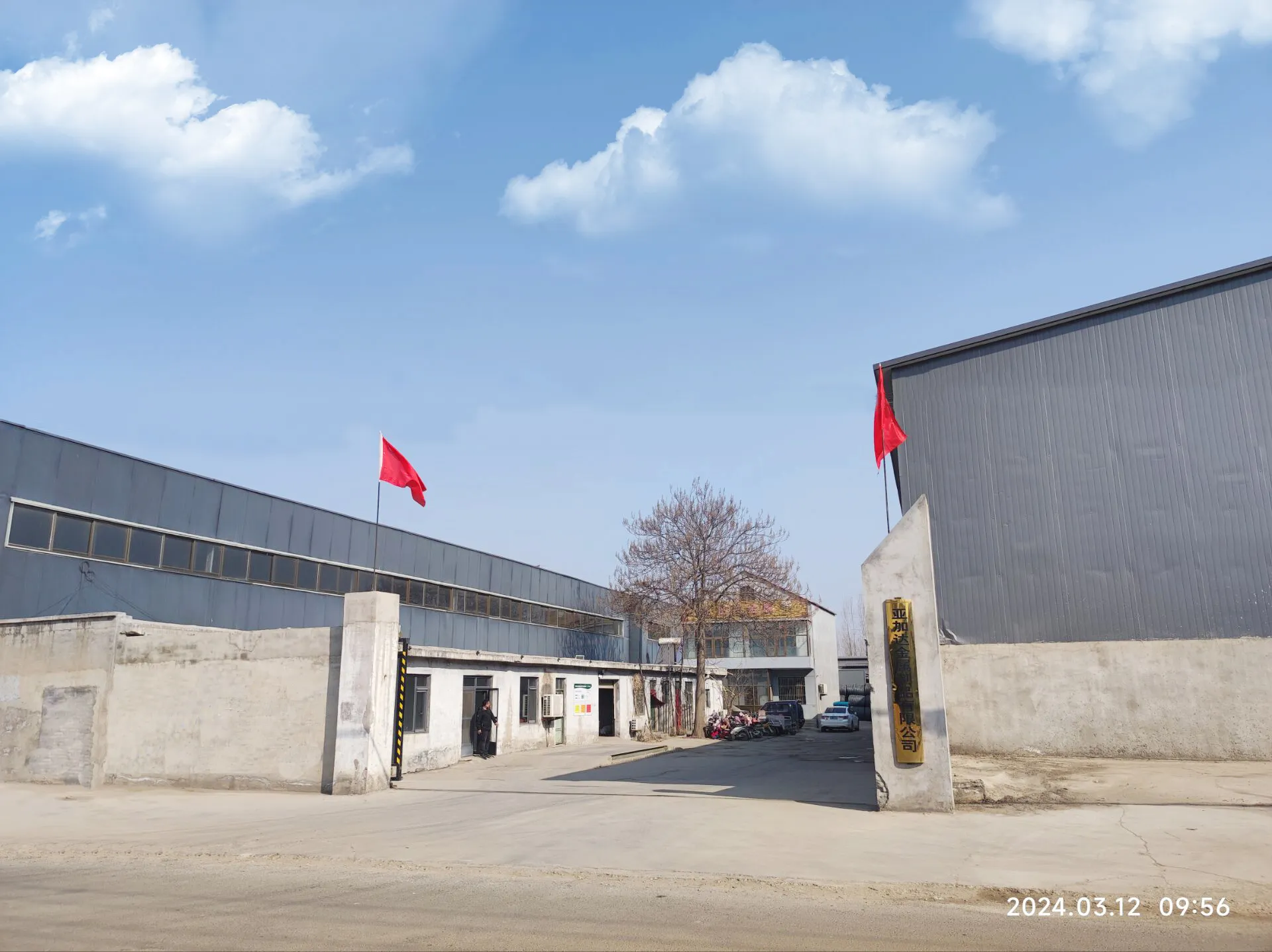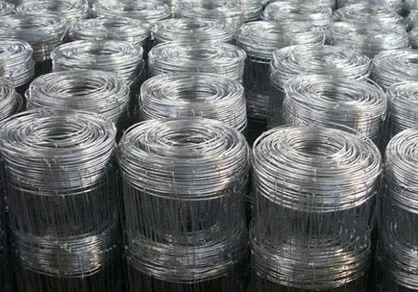

On the other hand, masonry nails cater exclusively to projects involving brick, concrete, or stone. Their unique flattened shafts and fluted designs provide the necessary grip and penetration required to secure materials to hard surfaces. These nails are indispensable for construction projects where wooden frames need to be attached to solid masonry, offering both strength and stability. Spiral nails, also known as screw nails, combine the features of traditional nails and screws, presenting a twisted shank that enhances withdrawal resistance. This characteristic makes them ideal for decking and flooring, where dynamic loads and pressures demand additional holding power. The spiral design ensures that these nails remain firmly in place, preventing any movement that could lead to structural failure over time. Finally, duplex nails, easily identifiable by their dual heads, serve a specific purpose in temporary constructions. They are predominantly used in scaffolding, formwork, and other temporary structures where easy dismantling is essential. The double-headed design allows for quick and straightforward removal without causing damage to the frameworks, making them a practical choice for projects that require frequent assembly and disassembly. Understanding the distinct differences and applications of each nail type enhances not only the efficiency but also the quality and durability of construction projects. Selecting the right nail for the right job results in the longevity of the structures, securing both safety and reliability. Only through expertise and informed choices can construction professionals ensure that their work stands the test of time, maintaining both functionality and aesthetic value in every build.

















